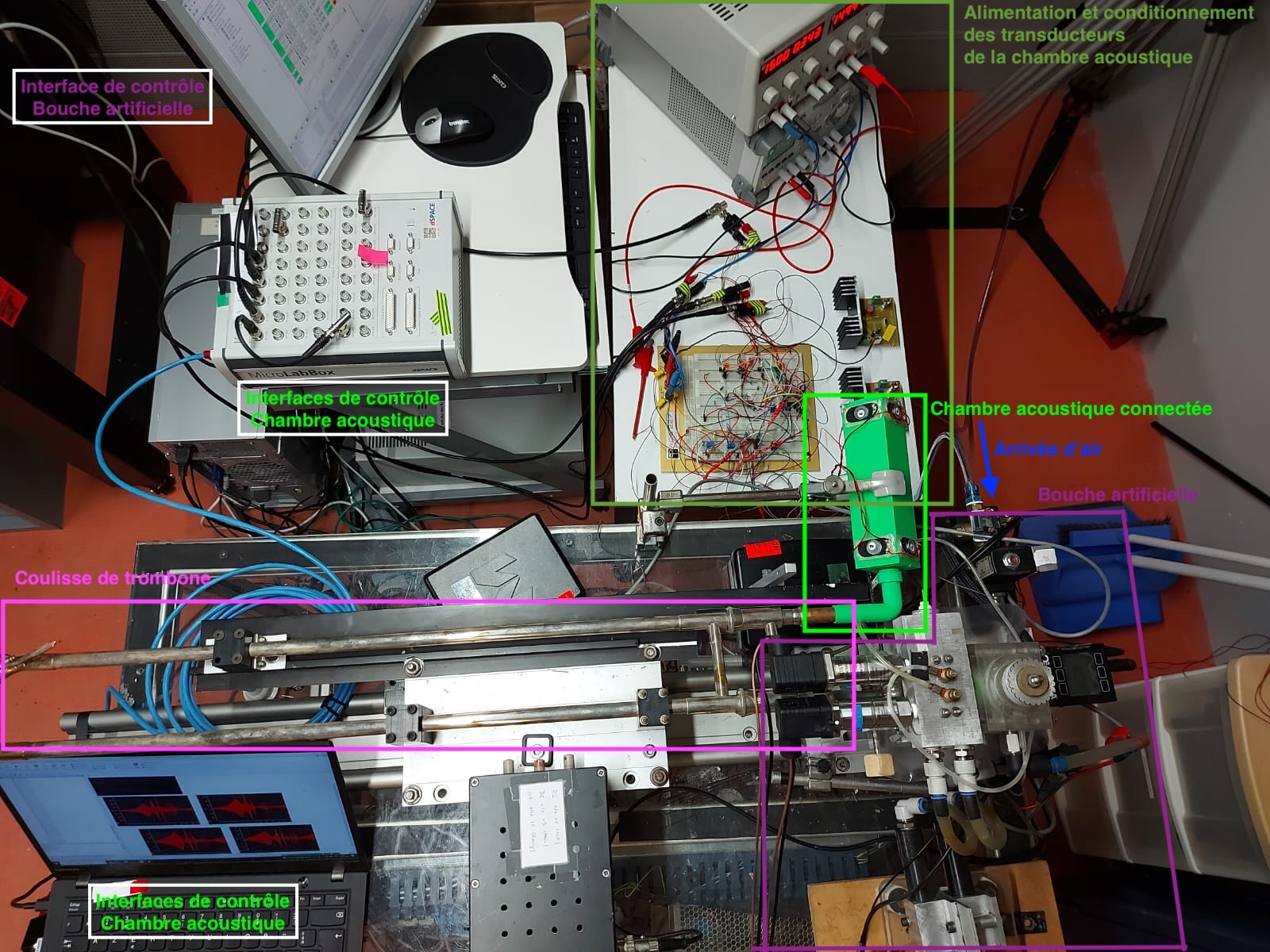Vincent Martos doctorant au sein de l’ED SMAER a effectué sa recherche intitulée « Contrôle actif des cuivres : le cas du trombone au sein de l’équipe S3AM de STMS (IRCAM, Sorbonne Université, CNRS, Ministère de la Culture) sous la direction de Brigitte d’ANDREA NOVEL et co- encadrée par Thomas HÉLIE et Henri BOUTIN.
La soutenance aura lieu en français le Mercredi 2 juillet à 13h30 en salle Stravinsky. Elle sera retransmise sur Youtube : https://youtube.com/live/sDG8I0dxT9Y
Le jury sera composé de :
Marc REBILLAT (HDR-Maître de Conférence - Laboratoire au CNAM), Rapporteur
Jean-François PETIOT (HDR-Professeur des Universités-Laboratoire Centrale Nantes), Rapporteur,
Jean-Loïc LE CARROU (HDR-Enseignant Chercheur PU - Sorbonne Université), Examinateur
Christophe VERGEZ (HDR-Chercheur CNRS - Laboratoire LMA Marseille), Examinateur
Soïzic TERRIEN (Chargée de Recherche CNRS - Laboratoire LAUM Le Mans), Examinateur
Daniel ALAZARD (Professeur - SUPAERO), Jury invité
Résumé
Le contrôle actif est une technique historiquement utilisée afin de réduire les nuisances sonores en appliquant des sources secondaires. De nombreuses applications ont ensuite été développées dans différents domaines (absorption acoustique, contrôle de vibration de structure ...), de par la grande efficacité de cette méthode. En effet, elle reste la méthode la plus efficace dans le domaine des basses fréquences (typiquement en-dessous de la centaine de Hz) et la grande majorité des systèmes utilisant le contrôle actif possède un système d’adaptation aux variations des perturbations extérieures.
L’application du contrôle actif aux instruments de musique apporte de nombreux avantages aux musiciens et compositeurs en créant des instruments augmentés. En effet, cela permet d’étendre la gamme de sons proposée naturellement par l’instrument en modifiant simultanément le son rayonné et les retours auditif et haptique ressentis par l’interprète. Cette technique diffère donc d’un simple effet audio ajouté sur une prise de son.
Les travaux de recherche réalisés portent sur le trombone, dont nous souhaitons moduler en temps réel le spectre du son naturellement émis par les résonances d’un conduit vocal humain, appelées formants. Un tel contrôle a pour objectif d’appliquer un timbre de voyelle au son du trombone.
